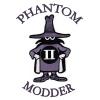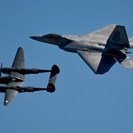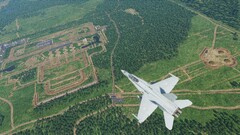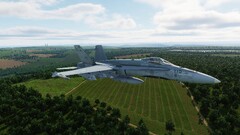- 1 reply
- 3,173 views
- Add Reply
- 0 replies
- 1,537 views
- Add Reply
- 1 reply
- 1,783 views
- Add Reply
- 4 replies
- 2,187 views
- Add Reply
- 0 replies
- 914 views
- Add Reply
- 20 replies
- 3,693 views
- Add Reply
First Flight of F-35 Electro-Optical Targeting System

By Erik,


F-35 Lightning II Electro-optical Targeting System (EOTS)
Lockheed Martin Conducts First Flight of F-35 Electro-Optical Targeting System on Cooperative Avionics Test Bed
ORLANDO, FL, August 16th, 2010 -- Lockheed Martin [NYSE: LMT] has successfully conducted the first flight of the F-35 Electro-Optical Targeting System (EOTS) on the Cooperative Avionics Test Bed (CATBird) platform. EOTS maturation on the CATBird is the final step prior to integration on the BF-4, the first mission system
Design Reviews on Joint Air-To-Ground Missile

By Erik,


Lockheed Martin Team Completes Major Component Design Reviews on Joint Air-To-Ground Missile Program
ORLANDO, FL, August 16th, 2010 -- Lockheed Martin [LMT: NYSE] and teammates Marvin Engineering and Aerojet have completed successful component and system Preliminary Design Reviews (PDRs) on the Joint Air-to-Ground Missile (JAGM) Technology Development (TD) program, further demonstrating the missile’s technological maturity level.
The Lockheed Martin-led JAGM team has completed PDRs o
Gulf weapons sales reach $60b.

By Erik,
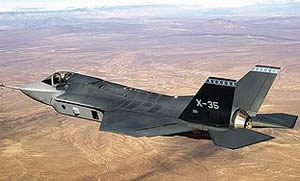

Gulf weapons sales reach $60b.
By YAAKOV KATZ
The United States has approved a long list of arms sales to friendly Arab countries in the Persian Gulf aimed at countering Iran’s growing influence in the region.
The unprecedented sales could reach over $60 billion in pending deals with Saudi Arabia, Kuwait, Oman, the United Arab Emirates and Qatar.
The largest deal is the possible sale of 82 F-15 fighter jets to Saudi Arabia for $30 billion.
The deal has cause
Ohio Guard unit is first to switch to C-27J

By Erik,
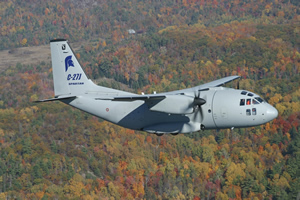

The 179th Airlift Wing in Mansfield, Ohio, an Ohio National Guard unit, will be the first unit to convert to C-27J Spartan operations. Image: United States AirForce
Ohio Guard unit is first to switch to C-27J
By Bruce Rolfsen - Staff writer
The Air Force’s adoption of the C-27J Spartan cargo plane reaches a milestone Saturday when the 179th Airlift Wing in Mansfield, Ohio, becomes the first unit to convert to C-27J operations.
The 179th, part of the Ohio National Guard, had f
More U.S. Helicopters Arrive in Pakistan to Support Flood Relief

By Erik,
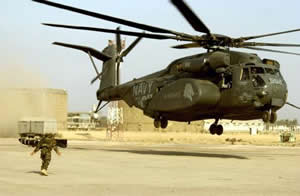

More U.S. Helicopters Arrive in Pakistan to Support Flood Relief
Two U.S. Navy MH-53E Sea Dragon helicopters arrived in Pakistan today as part of the continued U.S. humanitarian assistance to Pakistan in support of flood relief from the monsoon floods. The two aircraft are part of the contingent of 19 helicopters urgently ordered to Pakistan on Wednesday by U.S. Secretary of Defense Robert Gates. The incoming aircraft flew into Pakistan today from aboard the USS Peleliu, which is posit
French warships for Russia to be armed with Ka-52 helicopters

By Erik,
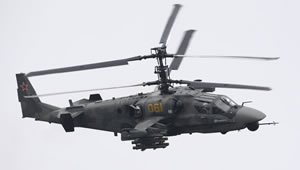

French warships for Russia to be armed with Ka-52 helicopters
14/08/2010 RIA Novosti Anton Denisov
Mistral-class helicopter carriers, which Russia plans to buy from France, will be armed with Russian Ka-52 Alligator helicopters, Air Force Commander Colonel General Alexander Zelin told the Ekho Moskvy FM station on Saturday.
He emphasized that the Ka-52 Alligator helicopters are very advanced and are equal to best foreign models.
The Ka-52 is armed with 30-mm cannon, Vikhr




